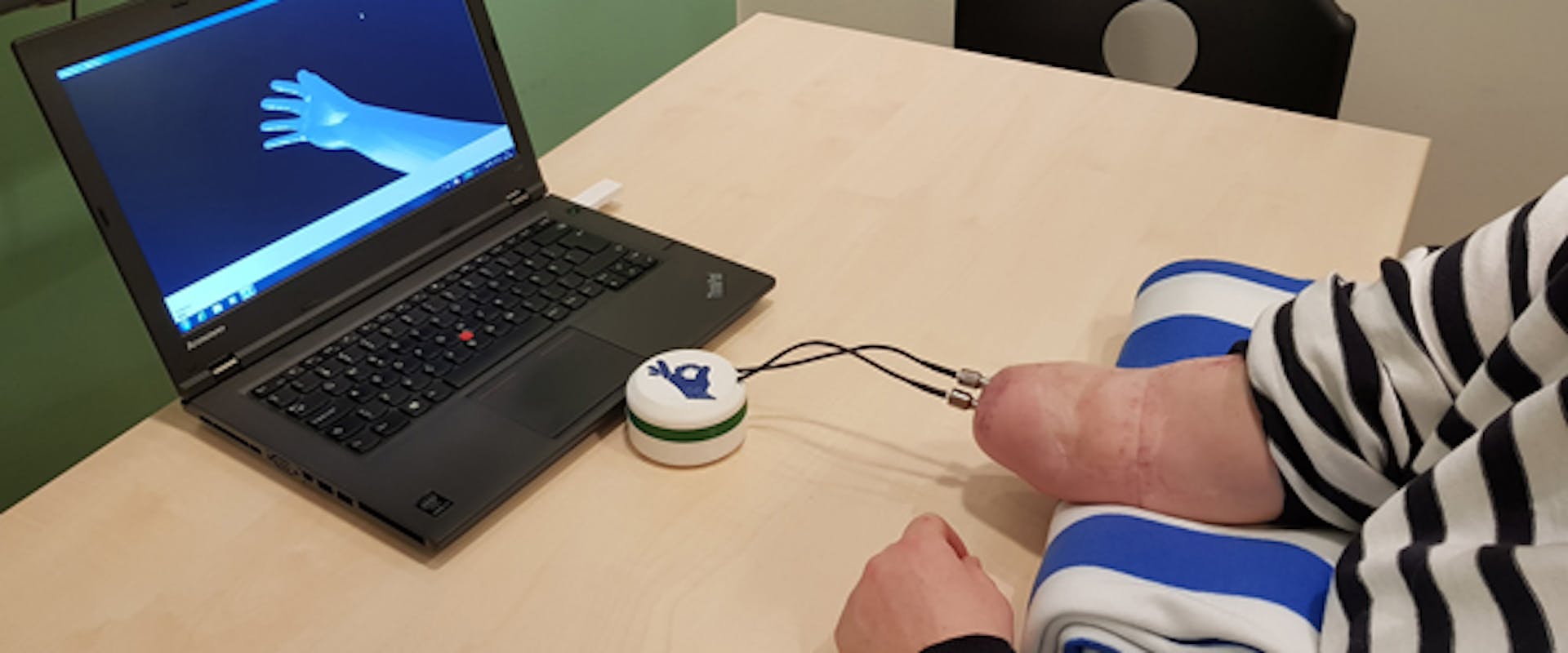Press release (PDF)
Related Press

10 March 2021
Victory for Gait Up and Definition12
CSEM has announced the two winners of its 2020 Digital Journey award: Gait Up, based in Renens in the Canton of Vaud, and Definition12, based in Reinach in the Canton of Basel-Landschaft....

22 February 2024
CSEM and ClexBio create a bioreactor for tissue-engineered cardiovascular implants
The teams at CSEM and at ClexBio have developed a process for engineering vein grafts comprised of human tissue material that integrates into the patient’s body and can turn into real, living tissue....

11 December 2020
Monitoring Covid-19 patients remotely
New system based on a chest belt initially developed at CSEM for space applications....
